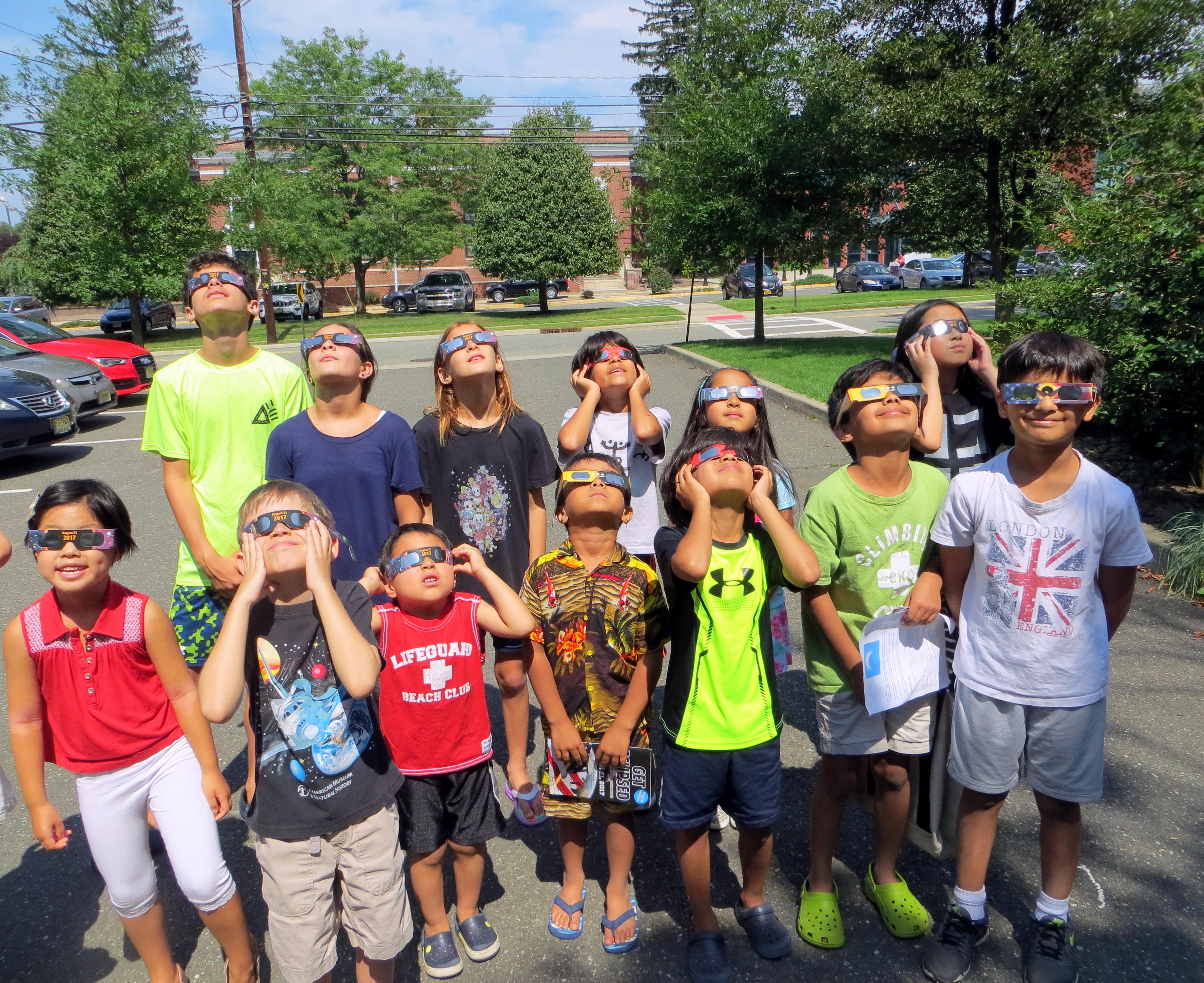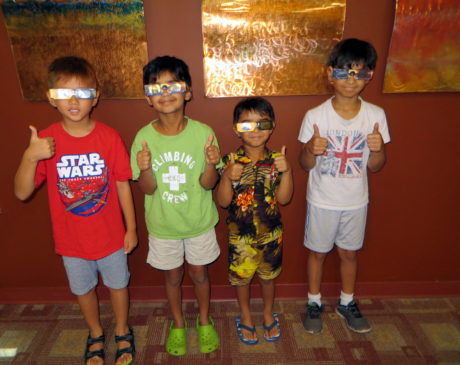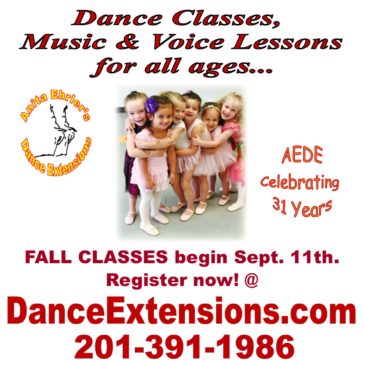
BY HILLARY VIDERS
SPECIAL TO NORTHERN VALLEY PRESS
CLOSTER––On Monday, Aug. 21, all of North America was treated to a full eclipse of the sun, a phenomena that has not happened in 99 years. Even though solar eclipses have been occurring every few years for the last 3,000 years, this one was historic. There was a solar eclipse 38 years ago, but it was only viewable from a narrow strip along certain areas of the United States. This year, however, millions of people coast to coast were able to witness the spectacular display without having to travel hundreds of miles to a handful of viewing locations.
What exactly is a total solar eclipse?
A total solar eclipse occurs when the disk of the moon appears to completely cover the disk of the sun in the sky and the sun’s outer atmosphere, the corona, whose temperature is millions of degrees, becomes visible. Normally, the sun is too bright to allow us to see that.
Viewers of a total solar eclipse have described seeing great jets and ribbons of light, twisting and curling out into the sky.
The path of totality for this year’s solar eclipse was 70 miles wide, beginning in Oregon around 9 a.m. From there, it moved east, passing through Idaho, Wyoming, Nebraska, Kansas, Missouri, Illinois, Kentucky, Tennessee, Georgia, North Carolina and finishing in South Carolina around 4 p.m. Because the shadow of the moon moved from west to east, totality occurred later in the day the farther east you traveled.
The actual totality of the solar eclipse only lasted a very short time in each location. Even for people who were fortunate enough to be positioned along the center of the path, the moon completely covered the disk of the sun for only 2 minutes and 40 seconds. But during that time, people everywhere were mesmerized.

There were 10 prime total eclipse viewing locations throughout the United States, including Casper, Wyo., Carbonville, Ill., Nashville Tenn. and Columbia, S.C. As would be expected, these cities were overrun with eclipse mania. Tourists poured in from everywhere, some of whom had made hotel reservations a year in advance, and there was gridlock on highways in and around these cities. Grabbing a chance to rake in some money, some locals rented out rooms in their houses for hundreds, and in some instances, thousands, of dollars.
Even outside the path of totality, the view was impressive. Most skywatchers in the continental United States actually saw a partial solar eclipse, in which the moon appeared to take a bite out of the sun’s disk. This viewing of a large portion of the total eclipse (up to 75 percent) was possible in many local public areas, including Central Park in New York City and Overpeck Park in Leonia.
For those people who did not have special solar glasses or a filter for safely viewing the eclipse outdoors, a few libraries in Bergen County provided a video stream from the NASA website. NASA captured the astronomical event by means of 11 spacecraft and 50 high altitude balloons. Commentary was also provided by the astronauts aboard the International Space Station.
The Closter Public Library made it festive
In the libraries and community centers that supplied solar glasses, the experience was astounding. The Closter Public Library made viewing the solar eclipse a particularly festive event with activities for everyone from 6 year olds to seniors
The event at the Closter Public Library was extremely successful due to diligent planning. Library Director Ruth Rando and Lupita O’Brien, head of youth services, began preparing over a year ago, as soon as they learned that a total solar eclipse would occur on Aug. 21. They ordered their NASA glasses several months ago – which were paid for by a grant that they had requisitioned – and they began advertising the event at the beginning of the summer.
All the planning paid off. The party started at 1:45 p.m., as over 120 people, all of whom were pre-registered, poured into the main room.
At 2 o’clock, special viewing glasses were distributed, so people were able to look directly at the eclipse. Kids were also instructed on how to make their own viewing apparatus using a pin hole in a sheet of cardboard. They also had large plastic cups filled with crayons with which they colored in pictures of outer space. A teenage volunteer showed children how to make large pin-on buttons that said “2017 Solar Eclipse.” A very popular activity was decorating the edges of sun shaped cookies with icing to simulate the corona, and, of course, eating lots of the delicious treats.
By 2:15 p.m., everyone was escorted outdoors to a terraced area for viewing the eclipse. It was fortunate that the skies were sunny, as heavy cloud cover would have obscured everything.
The reactions of the spectators ranged from awe to near disbelief. “Wow! This is so cool!” several teenagers shouted. An elderly gentleman described the scene as “Amazing! Just amazing!” and Raina Cagiao, a 20-year-old Closter resident, exclaimed, “This is something that I will never see again in my lifetime!” A woman originally from Scotland, who had come to the library with her two children, was amazed as the jet black moon moved across the bright orange sun. “It’s almost too beautiful to be real!”
Throughout the viewing session, the NASA live feed was shown indoors on the large screen. In a whirl of “gee whiz” type science, astronomy experts also gave many interesting facts about solar eclipses.
On a lighter note
The solar eclipse not only provided a breathtaking experience, but also some humor. In speaking to people from other venues that held solar eclipse activities, a number of hilarious stories came to light.
One harried staff member at a local community center that was hosting a viewing, said, “We’ve received over 100 calls, including many from agitated and confused people. They asked us everything from, ‘Can I drive during the eclipse?’ to ‘Will it be safe for my son to stand on Route 80?’ and, ‘Will we be able to see a UFO?’”




